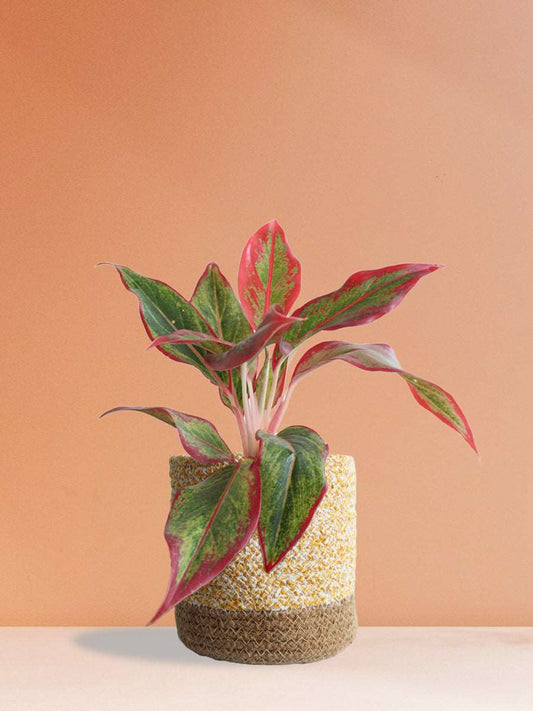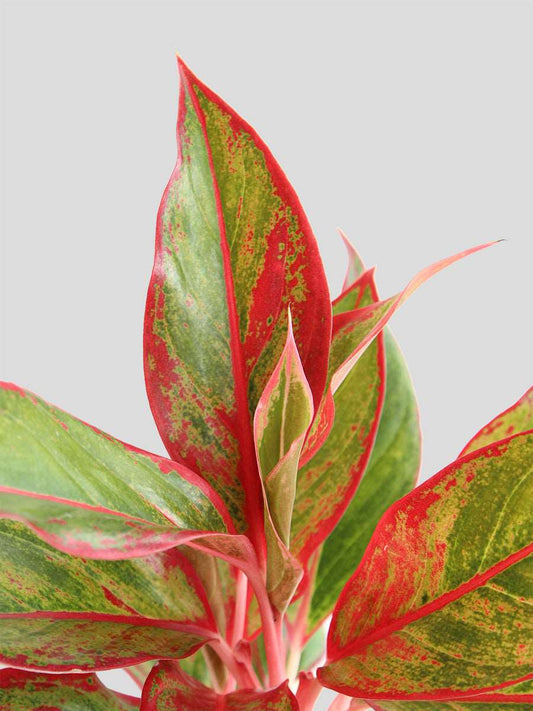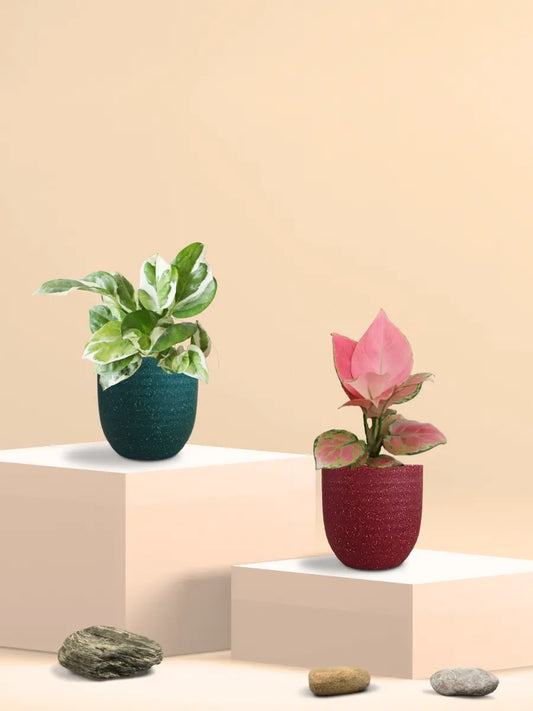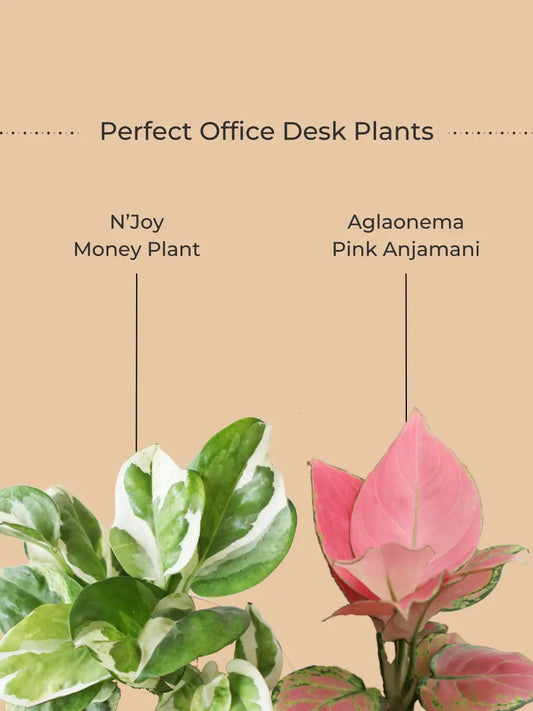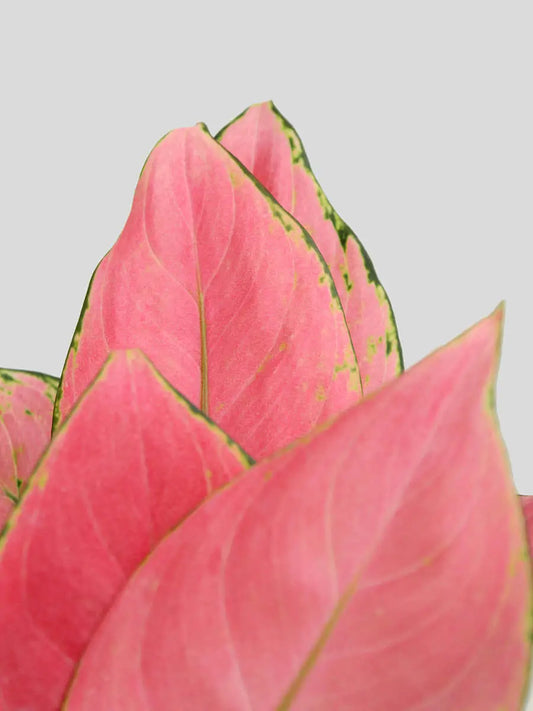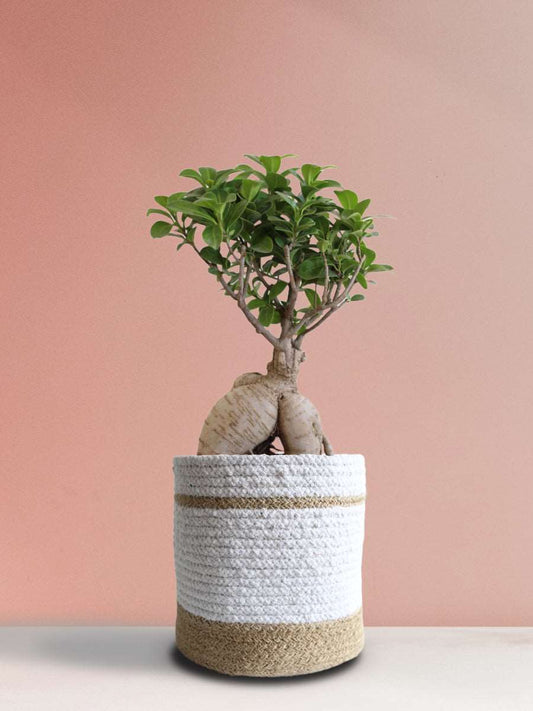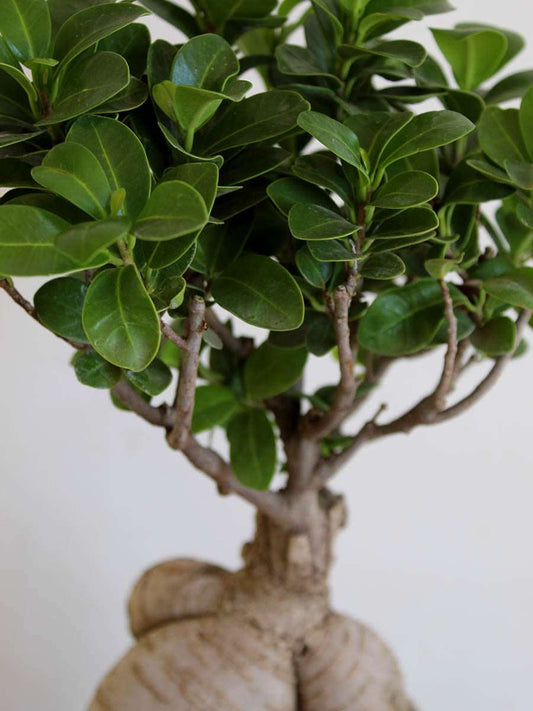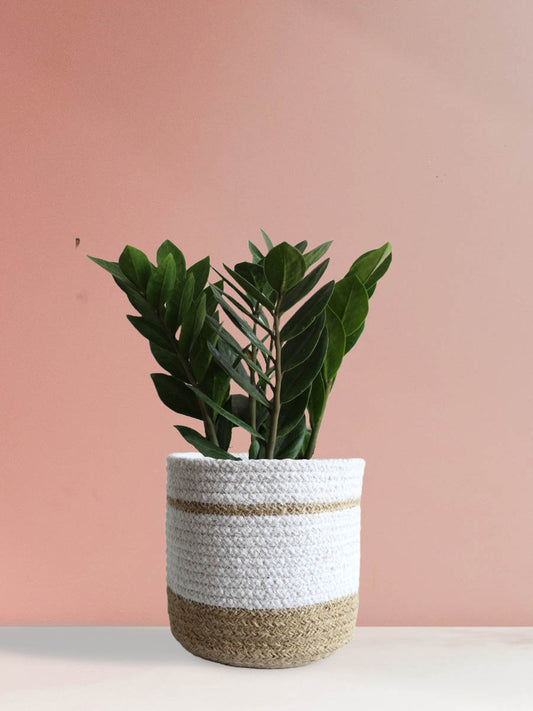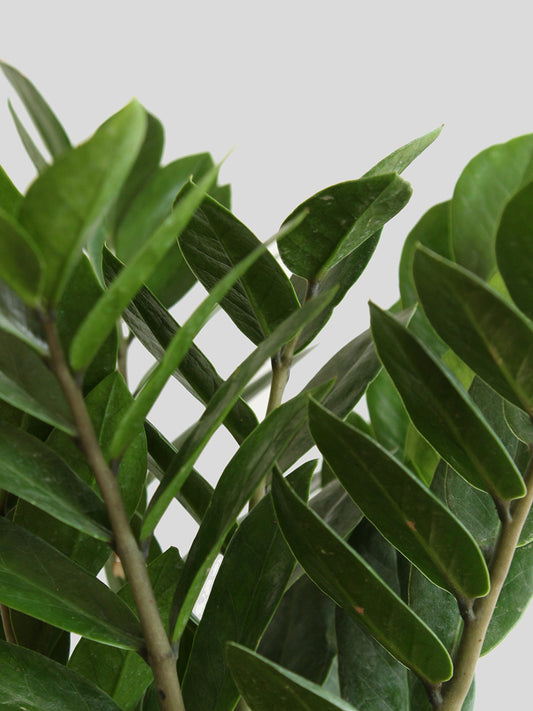Rhapis Palm Care Guide
Rhapis Palm is a majestic plant with beautiful foliage. Its size is perhaps the first thing you notice about it. If you have an empty space & wish to add just one plant to lift up the vibe there, Rhapis Palm is your go-to plant. Therefore, it’s easily a statement piece to add to your decor. It also goes by the names Lady Palm & Broadleaf palm because of its slightly broad leaves. With sturdy stems & distinct broad leaves, these plants add a new dimension to any space.
Are you planning to add this stunner to your collection? Read on to understand how to care for it.
[product=rhapis-palm-large]
Buy one of the resilient plant that can tolerate low lighting and infrequent watering. A gorgeous addition to your balcony.
[/product]
How to grow Rhapis Palm?

To grow a Rhapis Palm:
- Use a well-draining potting mix & choose a container with drainage holes.
- Provide the plant low to bright light. Maintain 18–32°C, humidity, & a balanced liquid fertilizer every two weeks.
- Water the plant when the top inch of soil is dry & ensure that excess water is able to drain.
- Prune yellowing or damaged fronds & repot every 2-3 years.
- Propagate through division by separating offsets & planting them in their own pots.
Also Check This: Small Indoor Plants For Your Apartment
Is Rhapis Palm easy to care for?

Yes, Rhapis Palm is a beginner-friendly plant that is quite easy to care for. It is one of those rare plants that are big enough to fill a space but easy in terms of care requirements.
How should you propagate Rhapis Palm? The best way to propagate Rhapis Palm is to identify & separate plantlets or shoots. But plan this activity during summer when growth happens in full swing.
How to Care for Rhapis Palm?

The following recommended maintenance steps to care for Rhapis Palm include:
1. Sunlight Needs:
How much sunlight does Rhapis Palm need? Rhapis Palm can be placed in low to bright light conditions. For this reason, the plant also does well in an outdoor area as long as it is shielded from the direct rays of the sun.
2. Temperature Maintenance:
Rhapis Palm thrives well in moderate temperatures (18-32°C). If you live in an area where the temperatures waiver drastically, it’s best to bring the plant indoors. You do not want to subject them to harsh cold winds & extreme heat.
3. Watering Routine:
How often should you water Rhapis Palm? Rhapis Palm mostly needs to be watered one or two times a week. But the ambient temperature & light conditions influence how quickly or slowly the soil gets dry.
Also Check This: How to Care for Money Plant Satin
4. Proper Humidify:
Rhapis Palm is a humidity-loving indoor plant. Therefore, to make sure that the leaves are bright & healthy it’s important to maintain moderate to high humidity levels. & if you suspect that the indoor air is dry, mist the plant regularly.
5. Growth Potential Knowledge:
How big does Rhapis Palm get? You will find Rhapis Palm plants in a variety of sizes. Most plants grown indoors in containers reach a height of about 6 feet. But if you have a large outdoor space for the plant to grow it might reach a height of about 14 feet.
6. Fertilization Timing:
Rhapis Palm is among the few indoor plants that need regular fertilization for healthy growth. At the same time, you should not use harsh fertilizer or use too much of it. Add a mild plant fertilizer once in two weeks for best results.
7. Safety Understanding For Pets:
As a non-toxic plant, Rhapis Palm is perfectly safe for households with pets. Moreover, it also helps purify indoor air.
8. Other Challenges & Troubleshooting:
The challenges and troubleshooting of Rhapis Palm include yellowing leaves (due to too much light), drooping leaves(due to insufficient watering) & dry tips (due to humidity or underwatering). To address these issues, move the plant to a spot without direct sunlight, adjust watering frequency based on temperature, & monitor the plant closely for potential issues.
Also Check This: 9 Best 365 Days Flowering Plants in India
Conclusion
Rhapis Palm is a beautiful plant with big leaves that looks great in any empty place. To help your Rhapis Palm grow healthy in the best way possible, follow the care tips described above.
FAQs
Q1. What temperature range can Rhapis Palm tolerate?
Ans. Rhapis Palm grows best at 18–32°C. Additionally, it thrives best indoors during windy & heat weather conditions.
Q2. Does Rhapis Palm need humidity?
Ans. Rhapis Palm thrives in moderate to high humidity. So regularly mist the plant if indoor air is dry.
Q3. How often should you add fertilizer to Rhapis Palm?
Ans. Rhapis Palm grows best when fertilized every two weeks. But avoid harsh or excessive fertilizer use.
Q4. What should you do if Rhapis Palm's leaves are turning yellow?
Ans. Yellowing leaves of Rhapis Palm plant are caused due to too much light. So, relocate the plant to a shadier spot to restore its green leaves.
Q5. What should you do if Rhapis Palm's leaves are drooping?
Ans. Drooping leaves of Rhapis Palm plant may indicate insufficient watering. So monitoring the plant closely & adjusting watering frequency based on temperature is important.
Q6. What should you do if Rhapis Palm's leaves have dry tips?
Ans. Dry tips of Rhapis Palm plant can be caused by low humidity or underwatering. So, mist the plant periodically to avoid such issues.
Q7. Is Rhapis Palm safe for pets?
Ans. Yes, Rhapis Palm is safe & non-toxic for pets.






